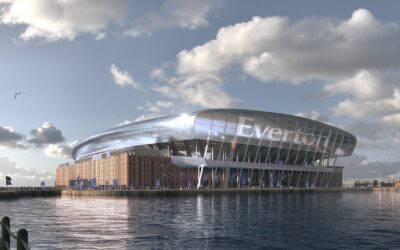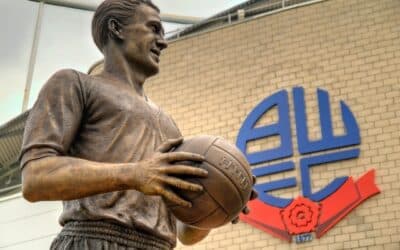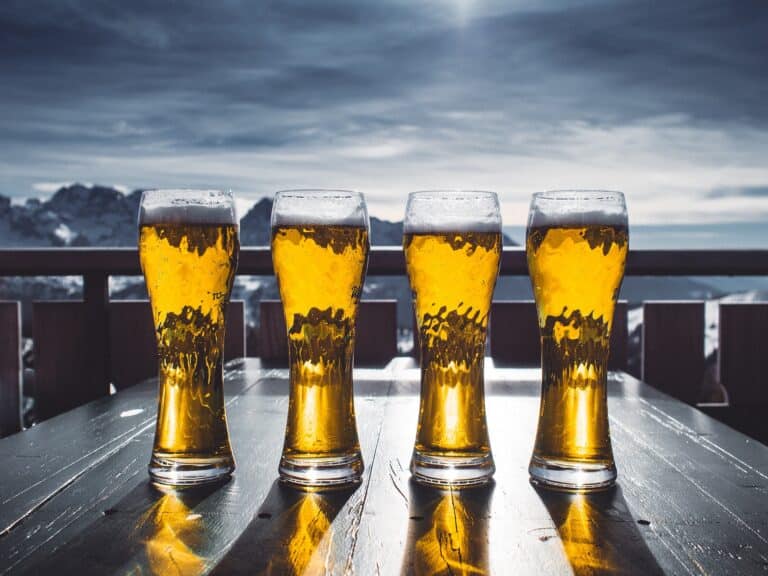A Sheffield tech firm claims to have solved the footballing conundrum of when fans should leave their seat to grab a half-time pint and a pie.
You may have been there: Leave too soon and you could miss the ubiquitous well-timed goal on the stroke of half time. Leave too late and you could face a queue stretching to the gates of your fiercest derby rivals. Worse still, you could miss out altogether as Premier League clubs are restricted in how long they can keep half-time bar sales going.
Step forward Tubr.tech, which has developed software to allow football clubs, and other sporting venues, to better predict the half-time movements of crowds.
Tubr.tech has previously developed software which helps people to travel on trains and buses when they are less crowded, and is now in talks with clubs to pilot its potentially game-changing tech on matchdays.
Founder Dash Tabor said: “Wherever there are crowds you can use technology and data to help create a better end user experience for the person in that crowded space. More importantly, you can provide information to those in charge of that crowd to help them manage it better.
“There’s not many places where this is better demonstrated than at a football stadium, and that’s why we have created solutions which help clubs provide a better half-time service for clubs at their bars and food areas. Better data allows clubs to ensure they have adequate staffing levels and have the right kiosks open at the right moment.”
The tech developed by Tubr’s team of experts analyses the movement of crowds at individual stadiums over a period of time to try and predict future behaviour. The technology also builds in human behaviours, as well as taking account of action on the pitch. This all allows the company to provide a specific set of results to individual clubs showing the usual patterns of movement inside their ground.
Tabor added: “Obviously if a team is a few goals down after half an hour you know you can expect a rush of fans to be heading off early to get a pint to try and cheer themselves up. Equally if a team is winning by a large margin, fans will head to the bar earlier to toast a good performance.”
The tech also allows clubs to analyse habitual behaviour – do certain season ticket holders head to the bar at the same time every week? Are certain sections more likely to rush the bar early?
Of course, the technology has to be paid for somehow, but Tabor seems to have that covered too as the new tech doesn’t just benefit fans, but clubs too: “Until now this data has been overlooked,” she said. “By being able to provide this detailed information to clubs they can better staff their kiosks, and maximise the amount of money they can generate at half-time. We are looking forward to working more closely with clubs to demonstrate the benefits of the technology.”













